Many have asserted that the American people are in the midst of a divided nation. People may blame their opponents, some may never see eye-to-eye and others may stand by their guard without listening to the other side.
So what was the impetus that threw America into such a split state?
“In the past, people used to be left of center or right of center and maybe there were just a few key issues that were separating them,” said Hector Martinez, a Chapman sociology professor. “Think of it like a Venn diagram, where there was a lot of overlap between the two circles. But now, what a lot of the evidence suggests is that those circles are getting further and further apart.”
One of the main reasons those circles are growing so far apart is the spread of fake news and conspiracy theories. Fake news is a concept that sprung into popularity during the 2016 presidential race when Donald Trump coined the term to brand major media outlets, such as CNN or MSNBC, distrustful. Hannah Fetherstonhaugh, a senior sociology major, said the American people should be concerned about fake news because of how much it overlaps fact with opinion.
“It’s really problematic that we can’t agree on the truth anymore,” Fetherstonhaugh said. “In the ‘70s or ‘80s, people could agree on certain things like science. Now, belief and opinion are conflated.”
Conspiracy theories, a concept tied closely with fake news, has also contributed to political polarization. Joseph Baker, a sociology professor at East Tennessee State University, explained these theories distort reality with an infused mix of misinformation and disinformation.
“People who are more fearful about the world, in general, are much more likely to believe in conspiracy theories,” Baker said. “In a lot of ways, conspiracy theories are ideological responses to perceptions of fear and threat. If I feel threatened, a conspiracy theory provides a clear answer to that and it sets out good and evil and allows me to feel like I am on the side of good.”
Baker said that oftentimes, conspiracy theories delegitimize people’s views on institutions and lead them to have less faith in the political process. A contemporary example is the “QAnon” theory, the right-wing idea that major Democratic operatives are Satanist worshipers who manipulate votes and involve themselves in pedophile rings with the intent to abuse children. Baker said theories like these – harkening back to moral panic from Satanic ritual abuse in the 1980s – have long-circulated, but are being more widely disseminated because of the Internet.
“QAnon is just the internet-age version of Satanic ritual abuse conspiracy theories,” Baker said. “It’s just a new expression of this old conspiratorial idea.”
Since these theories tend to distort the reality of those who believe in them, factual evidence often is not enough to curb their spread. Developing a sense of media literacy requires looking for firsthand sources, checking the verification of links, making sure the site is credible and weighing the overall narrative. Mocking and scolding is not the antidote to convincing a conspiracy theorist that their views need to be backed by more research, according to The New York Times.
This is a phenomenon that also intersects with the concept of fake news. Martinez said simply deeming an opposing side’s arguments to be full of fallacies and false information isn’t as productive as flipping the perspective and trying to understand their point of view.
“If I’m a very liberal student, (stepping back and considering) how somebody is coming from a conservative perspective might be really valuable,” Martinez said. “Make them more knowledgeable and aware of how things get presented in the media and really get them in the habit of learning to consider things from the other point of view.”

